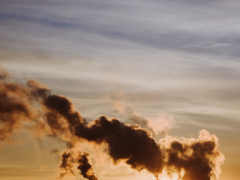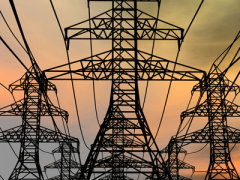Consequences of scenarios that limit global warming in line with the Paris Agreement
This new PBL-JRC-IIASA report presents a set of scenarios that limit global warming to below 2 °C and 1.5 °C, by using either the full portfolio of reduction options, as represented in the IMAGE and POLES model, or by assuming an alternative strategy that would limit the use of bio-energy (in combination with carbon capture and storage). Under these scenarios, global emission reductions by 2050 will be between about 50% and 65% for the 2 °C target and 70% to 80% for 1.5 °C, compared to 1990 levels.
The 2 °C and 1.5 °C targets and possibilities of limiting the use of BECCS and bio-energy
This new PBL report looks into emission reduction pathways consistent with the Paris Agreement. The report is a joint effort by PBL Netherlands Environmental Assessment Agency, the European Commission’s Joint Research Centre (JRC) and IIASA, in which researcher present a range of scenarios that limit warming to either well below 2 °C or 1.5 °C, which were developed using the IMAGE (PBL) and POLES (JRC) models.
One set of scenarios is based on implementation of the full portfolio of technologies. These scenarios meet the stringent Paris target by rapid and deep emission reductions that are achieved through a mix of i) energy efficiency improvements, ii) rapid introduction of energy options without CO2 emissions (e.g. renewable energy and CCS), iii) negative emission options (e.g. bio-energy with CCS (BECCS) and afforestation), and iv) reduction in non-CO2 gases. According to both models, negative emissions play a substantial role in these full technology scenarios. It should, however, be noted that these may require large amounts of land.
It is technically possible to achieve stringent climate goals and rely less on negative emissions and bio-energy
Alternative scenarios that rely less on BECCS and bio-energy have also been explored. These scenarios show that it is possible to decrease the dependence on bio-energy and BECCS, using alternative reduction options. Less reliance on BECCS can be achieved, for instance, through further penetration of renewable energy, rapid energy efficiency improvements, lifestyle changes, more reforestation and a more rapid reduction in non-CO2 gases.
For the 1.5 °C target, all scenarios require net negative emissions beyond 2050
The IMAGE and POLES scenarios achieve total greenhouse gas neutrality (net zero greenhouse gas emissions)—by the end of this century for the 2 °C target, and by around 2060–2070 for the 1.5 °C target. The emission reductions required by 2050, under the scenarios, are about 50% to 65% for the 2 °C target, and between about 70% and 80% for the 1.5 °C target, below 1990 levels.
The scenario results, on both a global and EU level, have been used in the European Commission’s Long-term strategy document, which calls for a climate-neutral Europe by 2050.




